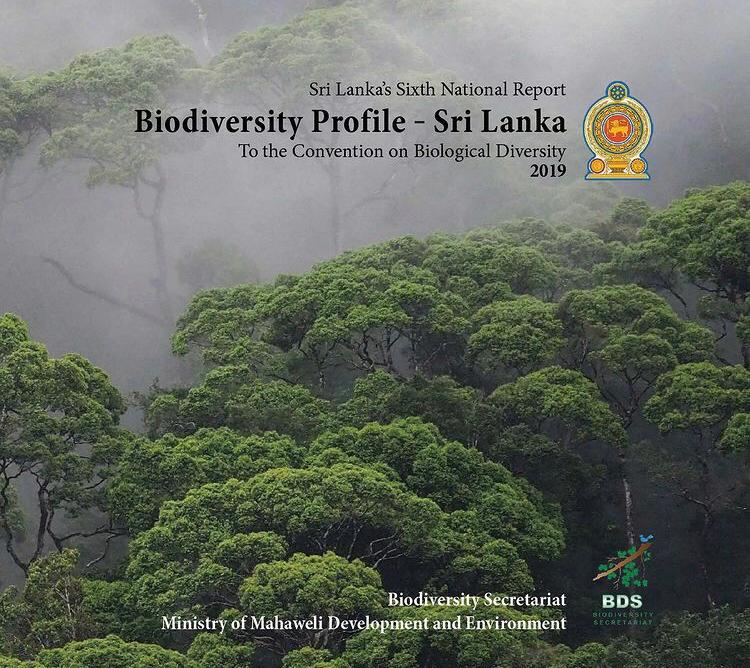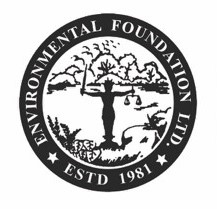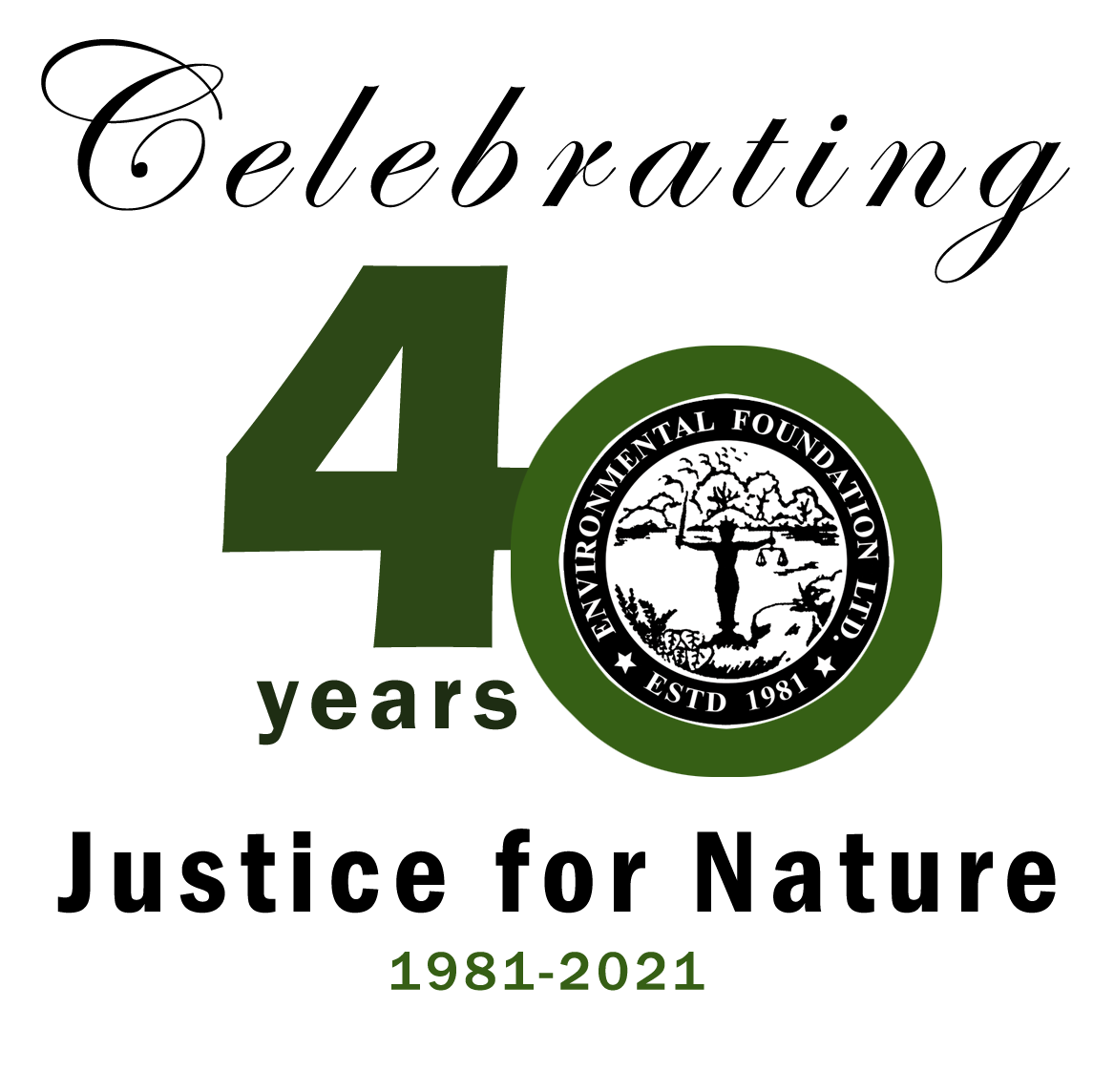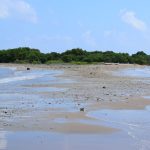
IDENTIFICATION TOOLKIT FOR MOST TRAFFICKED MARINE SPECIES IN SRI LANKA
Sri Lankan marine waters are influenced by tropical climate that make the waters temperate so it can support rich and diverse variety of fauna and flora. Thus, Sri Lankan waters are considered as one of the most diverse oceans of the world. The rich biodiversity due to the diverse coastal and marine ecosystems such as extensive mangrove forests, coral reefs, seagrass beds, coastal mud flats, beaches, and open waters.
As a biodiversity hotspot with a wealth of economically important marine species, Sri Lanka is a lucrative target for Illegal marine wildlife trafficking. Recording the correct taxa being illegally traded is critical for conservation and prosecution efforts. However, it is often difficult to differentiate the different species.
Identification Toolkit for Most Trafficked Marine Species in Sri Lanka’ has been designed to assist identification of marine wildlife species which are commonly found in wildlife traffic in Sri Lanka. Further, it is designed as a quick reference for enforcers to determine if a case before them requires more scrutiny or investigation.
This toolkit provides information on key identification features for the species or taxa. For each of the species, the scientific and common English names are listed. The Identification of commonly trafficked marine wildlife in Sri Lanka guide features more than forty marine wildlife taxa, including some of the country’s most frequently confiscated live marine fauna, parts, and products. Hard-to-distinguish species are listed in this guide, such as marine mammals, fishes, manta & devil rays, sea horses, sea cucumbers, lobsters, and gastropods.

INSTRUCTION MANUAL FOR PROSECUTORS TO EFFECTIVELY COMBAT WILDLIFE TRAFFICKING IN SRI LANKA
Sri Lanka harbors invaluable biodiversity and high endemism. However, due to the strategic location of Sri Lanka in the Indian Ocean, Sri Lanka has become a source and a transit hub for illegal wildlife products making their way to wildlife markets across the globe. Among these are a variety of illegally sourced wildlife; such as sharks, sea horses, sea cucumbers and other terrestrial and marine species.
Wildlife trafficking is broadly defined by the United Nations Office on Drugs and Crime (UNODC) as follows:
Wildlife trafficking involves the illegal trade, smuggling, poaching, capture, or collection of endangered species, protected wildlife (including animals or plants that are subject to harvest quotas and regulated by permits), derivatives, or products thereof.
Sri Lanka is also a key source that is often targeted by bio-pirates to source genetic material and therefore, necessity has arisen to empower the prosecutors of Sri Lanka to effectively combat wildlife trafficking through enhanced and strategic prosecution. Thus, this effort is to strengthen the foundation of prosecution in the system of law enforcement in Sri Lanka.

Mainstreaming Disaster Resilience: Identifying Opportunities in National Policies and Legal Framework in relation to Rural Development
This publication ‘Mainstreaming Disaster Resilience: Identifying Opportunities in National Policies and Legal Framework in relation to Rural Development’ is a result of a consultancy between Environmental Foundation (Guarantee) Limited and the International Labour Organisation (ILO). In the realm of climate change adaption and disaster resilience, this publication is looking at a few areas, which could contribute to strengthening ecological infrastructure to mitigate disaster impacts. The publication has sought to review the disaster management policy framework in light of promoting resilience. Moreover, it has identified three strategic areas of intervention, namely, land-use and development planning, agriculture and water resources management, as areas that if regulated in view of climate change can ensure building resilience, and policy recommendations to that effect have been made. The publication has also deliberated on cross-cutting areas of livelihood such as small and medium-scale enterprises(SMEs), insurance and finance and inclusion of gender as a driver of resilience, as well.
The publication identifies existing policies and highlights persisting gaps and issues within the existing frames for the solicitation of recommendations for future policy development.
This publication is available for free online:
https://www.ilo.org/colombo/whatwedo/publications/WCMS_735671/lang–en/index.htm

Tools and Guidelines for Watershed Management in the South-Western Region of Sri Lanka for Increased Climate Resilience
“Tools and Guidelines for Watershed Management in the South-Western Region of Sri Lanka for Increased Climate Resilience” with a special focus on Tea Growing Areas is a publication prepared by the International Labour Organization (ILO) with the consultancy of Environmental Foundation (Guarantee) Limited. Focused around the Climate Change impacts on the rural community and the countries’ plantation industry, the publication brings attention to the natural disasters occurring in these regions and how the plantation and farming practices can be used to be sustainable and create resilience towards climate change impacts and reduce occurrence of natural disasters.
The Tools and Guidelines for Watershed Management focuses more on the different tools such as the use of various Geographical Information Systems (GIS) tools that can be used to identify vulnerable areas for development and the use of sustainable agricultural practices and the use of the existing Legal framework to further strengthen the community resilience and conserve natural resources.
This publication is available for free online:
https://www.ilo.org/colombo/whatwedo/publications/WCMS_722289/lang–en/index.htm

Review of the Southern Border of Sinharaja: Contemporary needs against conservation
EFL added another publication to its collection called ‘A Review of the Southern Border of Sinharaja’ with a book launch event held on 7 December 2018 at the British Council Colombo. This book elaborates a study conducted to assess the present status of Sinharaja Forest Reserve, the gaps in conservation and current practices with emphasis on the lack of a veritable buffer zone being an underlying reason for the threats posed to the Southern borders of the Sinharaja.
The book is now available to purchase for Rs.750 at EFL premises. Students receive a concession.

Hakgala Under Threat: A Review of the Current Management Status, Threats and Needs
Gazetted in 1938, Hakgala was the first Strict Natural Reserve to be established in Sri Lanka. Hakgala Strict Natural Reserve (HSNR) is one of more than 100 protected areas in Sri Lanka, and is located in the Central Highlands Forest Complex in the south-central part of the country. This paper is a review of the reserves management status, threats and future needs.

Quick Reference Guide to Relevant Industrial Standards of Sri Lanka
This document is a Guide in respect of the Environmental Protection requirements and the Standards to be adhered to by the Enterprises both within and outside the Export Processing Zones.

Some Significant Environmental Judgements in Sri Lanka
A handbook on some of the most significant judgements in environmental law, which were passed with the help of EFL.


EFL Green Book: Know Your Environmental Rights and Responsibilities
EFL is pleased to present its revised edition of the ‘Your Environmental Rights and Responsibilities’, more commonly known as the Green Book, widely used by all those learning about the environment in Sri Lanka. This book comprises Sri Lanka’s constitutional right to a healthy environment, citizens’ basic rights and responsibilities and to what extent all of us can take action about illegal and environmentally destructive activities.
The book is printed in all three languages and it is priced at Rs. 3000.00.

6th National Report to the Convention on Biological Diversity

Handbook on the Environmental Impact Assessment Process in Sri Lanka
The ‘Handbook on the Environmental Impact Assessment Process in Sri Lanka’ was formulated as a result of extensive research carried out by the Environmental Foundation (Guarantee) Limited and the development of this publication was supported by The Asia Foundation. This handbook is a part of EFL’s mandate to support the effective implementation of environmental regulations.
It serves the purpose of disseminating information regarding the requirements of EIA/ IEE according to the EIA/ IEE regulations of Sri Lanka, inspiring and guiding the public to participate in the EIA process, and informing the steps of the EIA process. The EIA handbook is targeted towards public officials of relevant authorities, the public, and students following law, environmental sciences, and development and planning.





